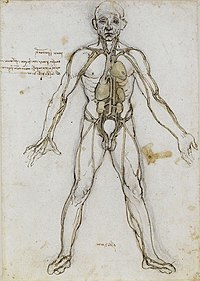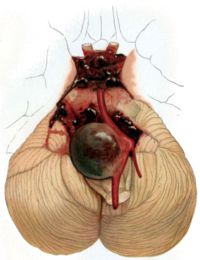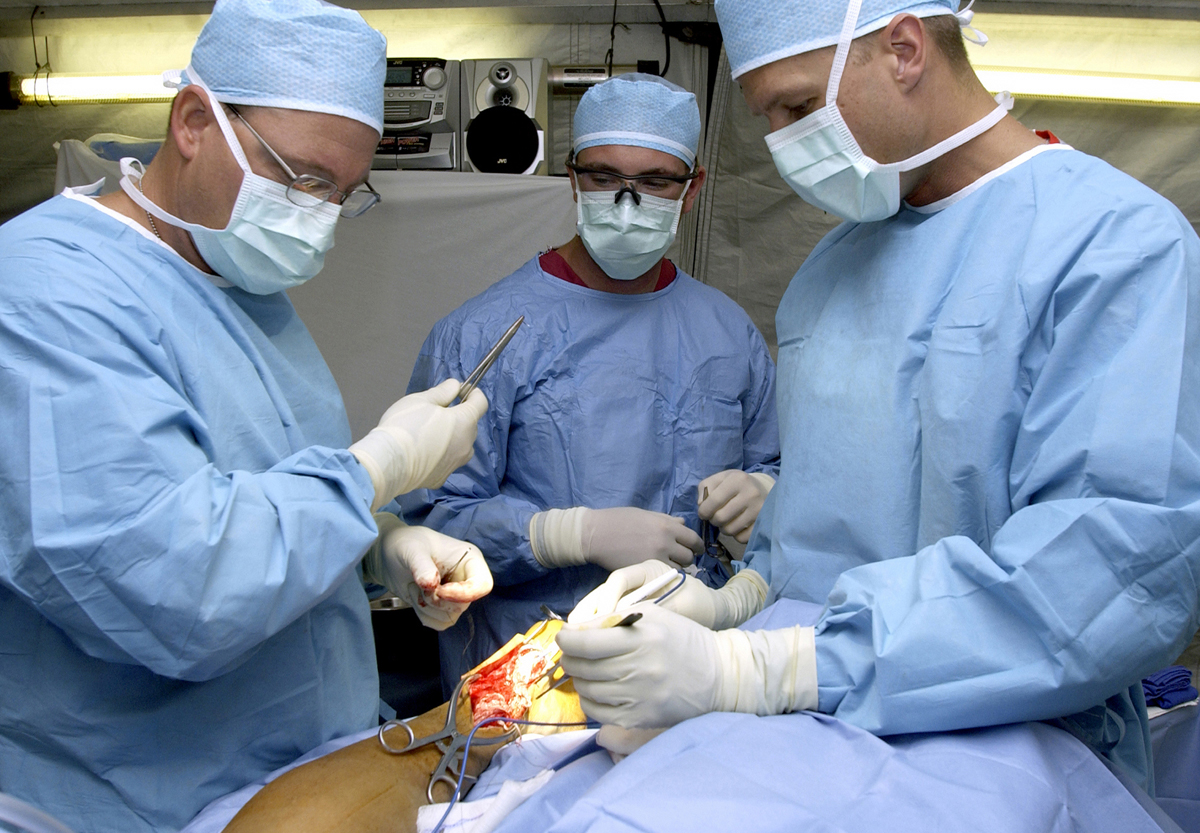
Intraoperative objective evaluation of venous congestion in deep epigastric artery perforator flap breast reconstruction: A pilot study
Sign Up to like & getrecommendations! Published in 2018 at "Microsurgery"
DOI: 10.1002/micr.30285
Abstract: In a deep epigastric artery perforator (DIEP) flap breast reconstruction, the necessity of additional anastomosis of the superficial inferior epigastric vein (SIEV) should be determined intraoperatively. The purpose of this pilot study is to propose… read more here.
Keywords: pilot study; deep epigastric; epigastric artery; breast reconstruction ... See more keywords

Penoscrotal reconstruction with superficial circumflex iliac artery perforator propeller flap
Sign Up to like & getrecommendations! Published in 2019 at "Microsurgery"
DOI: 10.1002/micr.30506
Abstract: Successful penoscrotal reconstruction requires proper resurfacing of the defect and maintenance of the original shape of the penis and scrotum. We examined the feasibility of using the superficial circumflex iliac artery perforator (SCIP) propeller flap… read more here.
Keywords: propeller flap; superficial circumflex; iliac artery; penoscrotal reconstruction ... See more keywords

The versatile free medial sural artery perforator flap: An institutional experience for reconstruction of the head and neck, upper and lower extremities
Sign Up to like & getrecommendations! Published in 2019 at "Microsurgery"
DOI: 10.1002/micr.30543
Abstract: The medial sural artery perforator (MSAP) flap is an increasingly versatile and reliable flap for soft tissue reconstruction. This study investigates complication rates and long‐term outcomes of the MSAP flap. read more here.
Keywords: artery perforator; reconstruction; medial sural; sural artery ... See more keywords

A free intercostal artery perforator flap as a salvage operation for a planned lumbar artery perforator flap with aberrant anatomy in breast reconstruction: A case report.
Sign Up to like & getrecommendations! Published in 2021 at "Microsurgery"
DOI: 10.1002/micr.30711
Abstract: When autologous breast reconstruction is planned but abdominal tissue is not available, the lumbar artery perforator flap provides an alternative choice with minimal donor site morbidity. The lumbar and posterior intercostal arteries supply adjacent perforasomes… read more here.
Keywords: perforator flap; artery; perforator; breast ... See more keywords

Free double‐paddle posterior tibial artery perforator flap for hypopharynx reconstruction: A case report and literature review
Sign Up to like & getrecommendations! Published in 2021 at "Microsurgery"
DOI: 10.1002/micr.30790
Abstract: Microsurgical free tissue transfer is nowadays considered to be one of the main options for head and neck reconstruction. The free posterior tibial artery perforator (PTAP) flap is a well‐known reconstructive technique for local defect… read more here.
Keywords: reconstruction; flap; perforator; double paddle ... See more keywords

Pedicled superficial circumflex iliac artery perforator flap for male genital reconstruction: A case series
Sign Up to like & getrecommendations! Published in 2022 at "Microsurgery"
DOI: 10.1002/micr.30933
Abstract: Different issues may cause defects in the genital region, including urological, infective, oncological and genetic problems which often lead to significant defects. This is a very delicate region and a successful coverage requires a thin,… read more here.
Keywords: artery perforator; superficial circumflex; pedicled superficial; region ... See more keywords

Preoperative estimation of vertical profunda artery perforator flap weight using computed tomography angiography for breast reconstruction
Sign Up to like & getrecommendations! Published in 2023 at "Microsurgery"
DOI: 10.1002/micr.31006
Abstract: The vertical profunda artery perforator (v‐PAP) flap is limited in terms of the tissue volume that can be harvested but is a suitable graft for Japanese patients with relatively small breast sizes. The objectives of… read more here.
Keywords: artery perforator; computed tomography; flap weight; flap ... See more keywords

Flow Diverter Treatment of Ruptured Basilar Artery Perforator Aneurysms
Sign Up to like & getrecommendations! Published in 2022 at "Clinical Neuroradiology"
DOI: 10.1007/s00062-021-01133-y
Abstract: Ruptured basilar artery perforator aneurysms (BAPAs) represent a very rare cause of subarachnoid hemorrhage and an under-reported subtype of cerebral aneurysm. There is no consensus for the optimal treatment strategy (conservative vs. surgical vs. various… read more here.
Keywords: ruptured basilar; treatment ruptured; basilar artery; perforator aneurysms ... See more keywords

Pre-expanded Thoracodorsal Artery Perforator Flap.
Sign Up to like & getrecommendations! Published in 2017 at "Clinics in plastic surgery"
DOI: 10.1016/j.cps.2016.08.010
Abstract: The size of the thoracodorsal artery perforator (TDAP) flap or pedicle, in general, may be found to be inadequate. Pre-expansion of the flap before harvest can be a solution to increase the size of the… read more here.
Keywords: flap; tdap flap; thoracodorsal artery; pre expanded ... See more keywords

Aesthetic implications of bilateral profunda artery perforator flaps on thigh and buttock proportions.
Sign Up to like & getrecommendations! Published in 2023 at "Journal of reconstructive microsurgery"
DOI: 10.1055/a-2102-0040
Abstract: Background The profunda artery perforator (PAP) flap has emerged as an excellent secondary option for autologous breast reconstruction. Despite the increased acceptance, potential secondary benefits concerning aesthetic proportions of proximal thigh and buttock at the… read more here.
Keywords: artery perforator; buttock proportions; thigh buttock; proximal thigh ... See more keywords

The Chimeric Gracilis and Profunda Artery Perforator Flap: Characterizing This Novel Flap Configuration with Angiography and a Cadaveric Model.
Sign Up to like & getrecommendations! Published in 2021 at "Journal of reconstructive microsurgery"
DOI: 10.1055/s-0041-1723824
Abstract: OBJECTIVE A chimerically configured gracilis and profunda artery perforator (PAP) flap is highly prevalent based on recent computed tomography (CT)-imaging data. The purpose of this study is to further characterize the vascular anatomy of this… read more here.
Keywords: gracilis profunda; flap; anatomy; profunda artery ... See more keywords